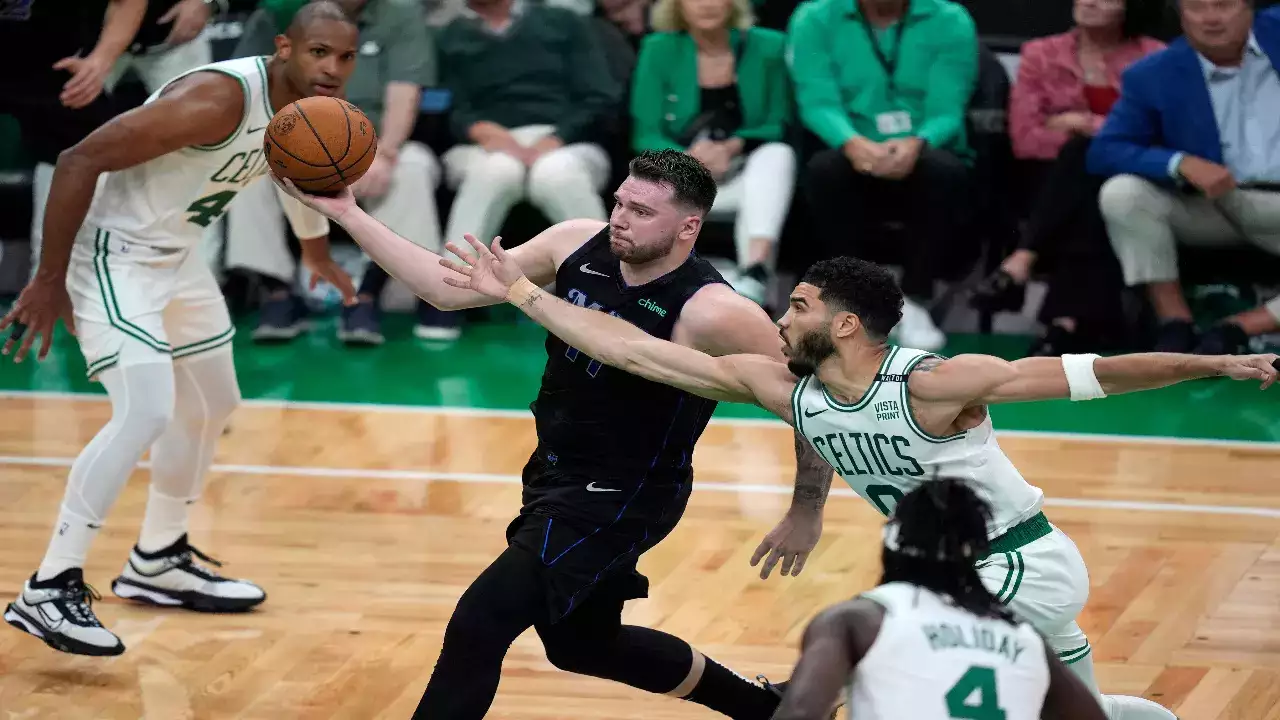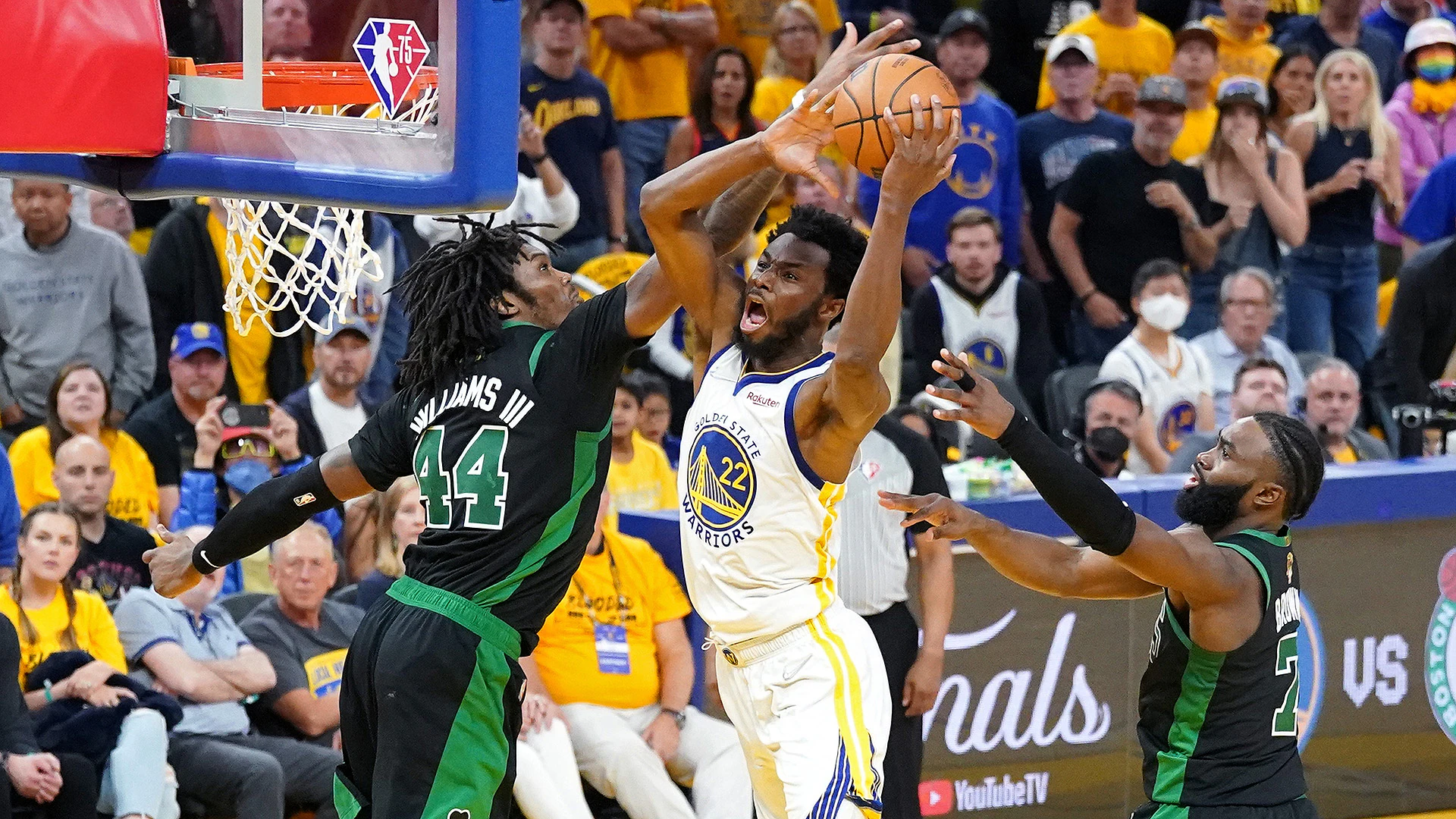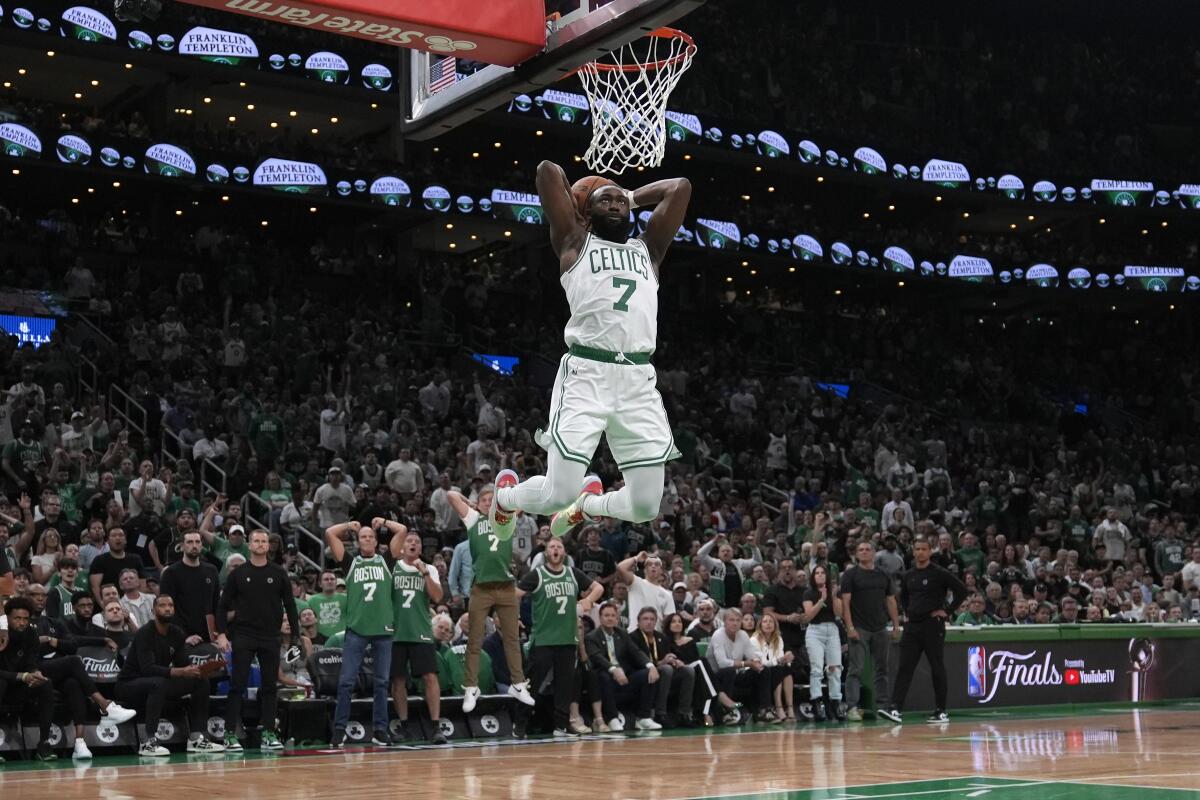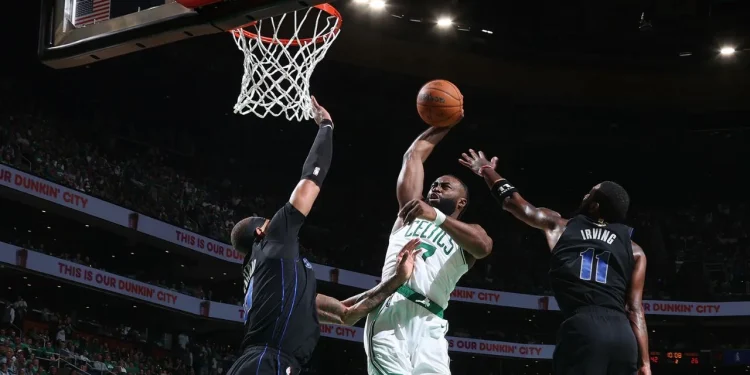The Boston Celtics’ commanding victory over the Dallas Mavericks in the NBA Finals Game 1 this Thursday marked a low point in viewership—the least watched since 2007, excluding the pandemic-affected seasons. This surprising dip in ratings has sparked discussions and concerns about the future of NBA viewership. Here, we explore three critical factors contributing to the decline in interest for this year’s championship series.

The Problem with NBA Finals Scheduling
The NBA has opted for fixed schedules for the Finals, setting games on predetermined dates. This decision, although convenient, led to a significant gap—a whole week—between the conference finals and the start of the NBA Finals. This interval came after the Celtics’ quick sweep of the Indiana Pacers and the Mavericks’ five-game victory over the Minnesota Timberwolves.
“The long wait was a disaster for the NBA,” commented sports commentator Mike Francesa after the Western Conference finals. This sentiment echoes the feelings of many fans who, in today’s world of endless entertainment options, may lose interest or shift their attention to other activities during such breaks. This scheduling quirk has undoubtedly played a role in the decreased excitement and engagement from even the most casual NBA followers.
Lack of Competition Sparks Disinterest
Entering the Finals, the Celtics were heavily favored to dominate, which they did, reaffirming their supremacy with a sweep during the regular season matchups against the Mavericks. The overwhelming expectation of a Celtics win diminished the suspense and thrill typically associated with the NBA Finals.

The aftermath of the Celtics’ dominating performance in Game 1 only solidified the notion that perhaps skipping the game was the right decision for many. As Boston continues its playoff run with formidable strength—losing only twice and securing eight consecutive victories after leading in a series—the anticipation for a competitive series wanes, potentially leading to even lower viewership for Game 2.
The Paradox of Parity
In an interesting twist, the NBA’s current era of parity could be contributing to the dip in Finals viewership. With a new champion crowned in each of the last six seasons, the absence of a recurring dynasty like the Golden State Warriors or Miami Heat—teams that consistently drew massive audiences in the past—might be less appealing to some viewers.
Historically, dynastic teams have attracted larger audiences due to their high-stakes narratives and star power. The Warriors’ five consecutive Finals appearances and the Heat’s four attracted an average of 18.6 and 16.8 million viewers, respectively. In contrast, the Finals since 2019 have seen a stark drop, averaging only 10.4 million viewers. This shift suggests that while parity can make the league more competitive, it may also reduce the narrative allure that draws casual viewers to the games.

In conclusion, the combination of inconvenient scheduling, a predictable outcome, and the lack of a compelling dynasty narrative are key factors contributing to the decline in viewership for this year’s Celtics-Mavericks NBA Finals. As the NBA continues to adapt to changing viewer habits and the broader shifts in media consumption, it faces the challenge of recapturing and maintaining the audience’s interest in its most crucial series.
Source- Yardbarker









